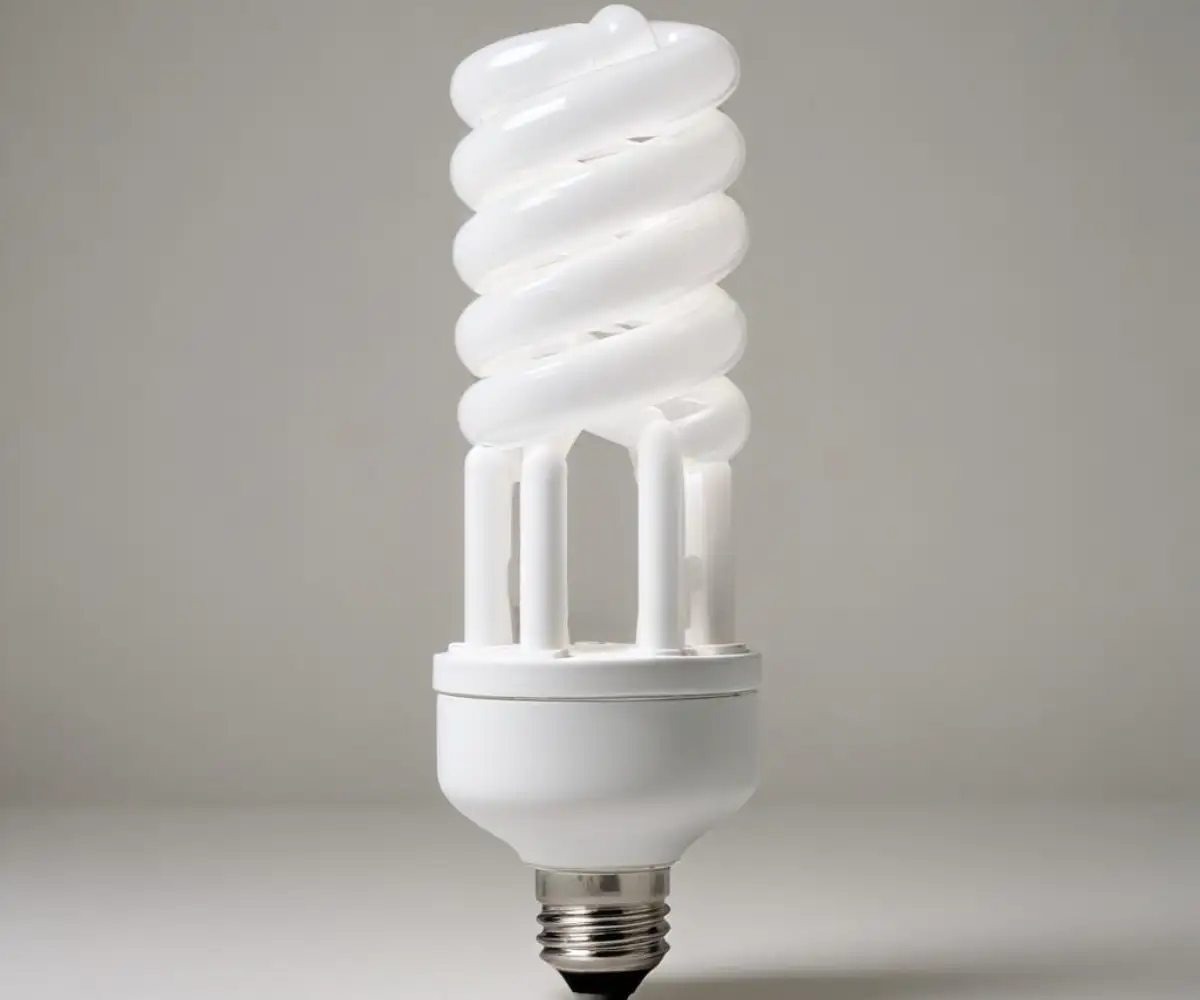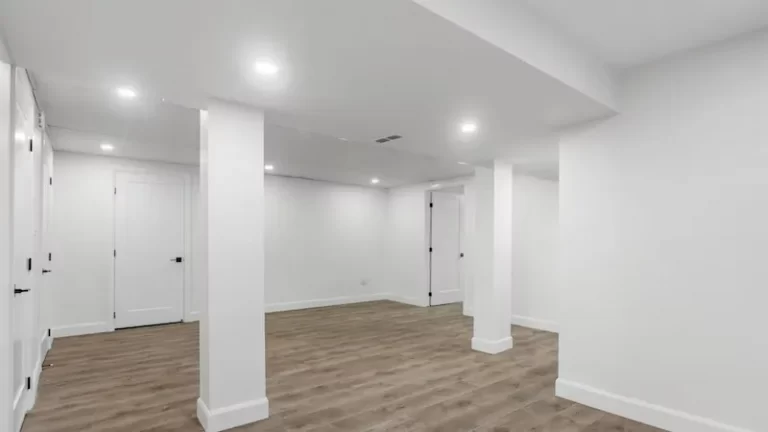Chuan Shi PLC26W 3500K Burned Out? Your Ultimate Guide
Has your Chuan Shi PLC26W 3500K bulb started to flicker, dim, or has it failed completely? You’re not alone. Trying to find a direct replacement for this specific compact fluorescent lamp (CFL) can often feel like a frustrating search for an outdated piece of technology.
These plug-in lamps were once common in recessed can lights, sconces, and commercial fixtures. However, with rapid advancements in lighting, they are becoming increasingly obsolete. This guide provides a definitive roadmap to understanding your old bulb and upgrading to a modern, efficient, and superior alternative.
You'll Learn About
Decoding the Chuan Shi PLC26W 3500K: What It All Means
Understanding the name of your bulb is the first step to finding a proper replacement. Each part of the code “Chuan Shi PLC26W 3500K” tells you a critical piece of information about its design and function.
The Key Specifications
Chuan Shi: This is the brand or manufacturer of the bulb. While not as common as other major lighting brands, it produced a range of fluorescent products.
PLC: This stands for “Plug-in Light Compact.” It signifies that this is a compact fluorescent lamp designed to plug into a fixture that contains a separate component called a ballast.
26W: This number indicates the bulb’s power consumption, which is 26 watts. Wattage measures energy use, not brightness.
3500K: This is the color temperature, measured in Kelvin (K). A 3500K bulb produces a neutral or bright white light, which is softer than daylight but crisper than warm white, making it ideal for kitchens, offices, and bathrooms. The brightness, or lumen output, of a 26W PLC bulb is typically around 1700-1800 lumens.
Base Type: Though not in the name, this is one of the most critical factors. A PLC26W 3500K bulb almost always uses a G24q-3 base. This base has four pins and is designed to work with an electronic ballast inside your light fixture.
Common Problems and Why Your PLC Bulb Is Failing
If you’re looking for a replacement, you’ve likely encountered one of the common failure points of compact fluorescent technology. These issues are often symptoms of an aging bulb or a problem with the light fixture itself.
Telltale Signs of Failure
Flickering and Slow Start-Up: One of the most common complaints about CFLs is the delay and flickering when they are first turned on, especially in colder temperatures. As the bulb or ballast ages, this flickering can become constant and more pronounced.
Diminished Brightness: Over its lifespan of about 10,000-12,000 hours, a CFL bulb will gradually lose its brightness. If your room seems darker than it used to, it’s a clear sign the bulb is nearing the end of its life.
Darkening at the Base: You may notice black or gray rings forming on the glass tubes near the plastic base. This indicates that the electrodes inside are wearing out and the bulb is close to burning out completely.
The Hidden Culprit: A Failing Ballast: Sometimes, the bulb isn’t the problem at all. The ballast in your fixture is responsible for regulating the electrical current to the lamp. These components also have a limited lifespan and can fail, causing the bulb to flicker, hum, or not turn on at all.
The Smart Upgrade: Why You Should Switch to LED
Instead of hunting for another CFL bulb, the best long-term solution is to upgrade to an LED equivalent. LED technology has surpassed CFLs in every significant way, making it the modern standard for lighting.
LEDs are vastly more energy-efficient, using up to 75% less energy than fluorescent bulbs to produce the same amount of light. They also boast an incredibly long lifespan, often lasting 25,000 to 50,000 hours, which is 2 to 5 times longer than a typical PLC CFL. This means fewer replacements and significant savings on your energy bill over time. The transition to energy-efficient lighting mirrors other smart home upgrades, such as considering various air conditioner storm window replacement options cost to boost thermal performance.
Key Advantages of LED Replacement Bulbs
Superior Energy Efficiency: An LED replacement for a 26W CFL typically uses only 9 to 12 watts while producing the same or even greater brightness. This translates directly to lower electricity costs.
Instant-On Performance: LEDs reach full brightness the moment you flip the switch. There is no warm-up period, flickering, or buzzing, providing a much better user experience.
Exceptional Lifespan: A quality LED bulb can last for decades with average use, drastically reducing the hassle and cost of frequent replacements.
Environmentally Friendly: Unlike CFLs, LED bulbs contain no mercury, a toxic substance that requires special disposal procedures. This makes LEDs a safer and more environmentally sound choice.
Your Step-by-Step Guide to Finding the Perfect LED Replacement
Replacing your Chuan Shi PLC26W 3500K with an LED is straightforward once you know what to look for. The process involves identifying your fixture’s needs and choosing the right type of LED bulb.
Step 1: Confirm Your Base and Pin Configuration
Before buying anything, remove the old bulb and confirm it has a G24q-3 base with four pins. The “q” stands for quad-pin. It is crucial not to confuse this with a 2-pin G24d base, as they work with different types of ballasts and are not interchangeable.

Step 2: Choose Your LED Replacement Type
There are two main types of 4-pin LED replacement bulbs, and your choice will depend on whether you want to keep or remove the existing ballast in your fixture.
Type A (Plug-and-Play): These bulbs are designed to be a direct replacement that works with the existing electronic ballast. This is the simplest option, as you just plug the new LED bulb into the socket. However, it is essential to check the LED manufacturer’s ballast compatibility list to ensure it will work with your specific fixture. If the ballast is old or fails later, the bulb will stop working.
Type B (Ballast-Bypass): These bulbs require you to remove or “bypass” the fixture’s ballast and wire the socket directly to line voltage. While this requires some basic rewiring, it is the most efficient and reliable long-term solution. It eliminates the ballast as a potential point of failure and ensures maximum energy savings. If you are not comfortable with electrical work, it is always best to hire a qualified electrician.
Step 3: Match the Critical Specifications
To ensure your new light looks and feels the same, match these key metrics:
Lumens (Brightness): Look for an LED bulb that produces approximately 1700-1800 lumens to match the brightness of your 26W CFL.
Color Temperature (Kelvin): To get the same neutral white light, choose an LED bulb with a 3500K color temperature. If you prefer a warmer, cozier light, look for 2700K. For a cooler, more energizing daylight look, choose 4000K or 5000K.
Shape and Size: Ensure the physical dimensions of the LED bulb will fit within your fixture. Most LED PLC replacements are designed to mimic the size of the original CFL.
Comparison: CFL vs. LED Replacement
Here is a direct comparison to highlight the benefits of making the switch.
| Feature | Chuan Shi PLC26W 3500K (CFL) | Typical LED Replacement |
|---|---|---|
| Wattage | 26 Watts | 9-12 Watts |
| Brightness (Lumens) | Approx. 1800 lm | Approx. 1800 lm |
| Lifespan | 10,000-12,000 hours | 25,000-50,000 hours |
| Color Temperature | 3500K (Neutral White) | 3500K (or user’s choice) |
| Start-Up Time | Delayed, may flicker | Instant-on |
| Mercury Content | Yes | No |
| Ballast Dependency | Requires a compatible ballast | Plug-and-play or ballast-bypass options |
How to Safely Replace Your PLC Bulb: A Practical Walkthrough
Whether you choose a plug-and-play or ballast-bypass LED, safety must always come first. Follow these steps for a secure and successful installation.
Installation Steps
1. Turn Off the Power: This is the most critical step. Go to your circuit breaker panel and turn off the power to the light fixture. Simply flipping the light switch is not sufficient.
2. Let the Old Bulb Cool: CFL bulbs can become very hot during operation. Allow it to cool for several minutes before attempting to remove it.
3. Remove the Old Bulb: Gently grasp the plastic base of the Chuan Shi bulb and pull it straight out from the socket. Do not twist it, as this can damage the pins or the socket itself.
4. Install the New LED Bulb:
– For a Plug-and-Play (Type A) Bulb: Align the pins on the new LED bulb with the holes in the socket and push it in firmly until you hear or feel it click into place.
– For a Ballast-Bypass (Type B) Bulb: This is where you or an electrician must perform the rewiring. The process generally involves cutting the wires leading to and from the ballast, then connecting the main power wires directly to the socket wires using wire connectors. Always follow the specific instructions included with your LED bulb.
5. Restore Power and Test: Once the new bulb is securely installed (and any rewiring is complete and safe), turn the power back on at the circuit breaker and test your new light.
Beyond the Bulb: Consider a Full Fixture Upgrade
While replacing the bulb is a great step, it’s also worth assessing the fixture itself. If your recessed can or sconce is over 15 years old, the internal components, including the socket and the ballast, are also nearing the end of their functional life. A failing bulb can be a symptom of a larger issue.
Instead of just performing a ballast bypass, you might consider a full fixture upgrade to an integrated LED downlight or retrofit kit. These all-in-one units replace the entire bulb and trim, offering a sleek, modern look and eliminating ballast compatibility issues forever. This approach to home improvement—addressing the root cause rather than just the symptom—is the same philosophy one should apply when deciding to fix dip at end of driveway; a proper repair prevents future problems.
Frequently Asked Questions (FAQ)
Can I use a 2-pin bulb in a 4-pin socket?
No. A 2-pin bulb has an integrated starter and is designed for a magnetic ballast, while a 4-pin bulb is for an electronic ballast. They are not electrically compatible.
What happens if I use an incompatible plug-and-play LED with my ballast?
It may not turn on, flicker erratically, or have a significantly reduced lifespan. In some cases, it could damage the bulb or the ballast.
How do I dispose of my old Chuan Shi CFL bulb?
Since it contains a small amount of mercury, it should not be thrown in the regular trash. Take it to a local hardware store, recycling center, or hazardous waste collection facility that accepts CFLs.
Is it difficult to bypass a ballast?
For someone with basic electrical knowledge, it is a relatively simple task. However, if you are unsure or inexperienced, hiring a licensed electrician is the safest option to ensure the job is done correctly. When undertaking DIY projects, understanding the materials is just as important as the process, similar to knowing how thick is kerdi board for a tiling project.
Conclusion: A Brighter, More Efficient Future
While the Chuan Shi PLC26W 3500K bulb may no longer be easy to find, this presents a perfect opportunity for a significant upgrade. By switching to an LED replacement, you not only solve your immediate problem but also invest in a more efficient, longer-lasting, and higher-quality lighting solution.
Whether you opt for a simple plug-and-play model or a more permanent ballast-bypass installation, you can confidently move forward. You now have the knowledge to brighten your space effectively, save money on energy costs, and reduce your environmental impact for years to come.

